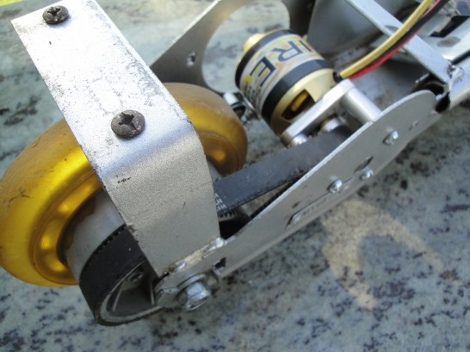
Circuits@Home have managed to host a USB keyboard with an Arduino and display the keyboard inputs on a character LCD. This uses the USB host shield we covered in August. That host shield includes a MAX3421 which is used here to drive the character LCD.
The control code for the keyboard ends up being fairly simple. The keyboard is polled for entries. The HID input is then examined and converted to ASCII codes for use with the LCD screen. This could make for an excellent controller or debugger for embedded systems. The Arduino, shield, and LCD could be integrated into the keyboard itself with an I/O port for connecting to your project. Commands can be typed out and sent through the I/O port when enter is pressed, with feedback displayed on the screen.
The example code provided with this project lays out the framework for hosting peripherals. We’re looking forward to more projects, and code libraries that take advantage of this new functionality.
















